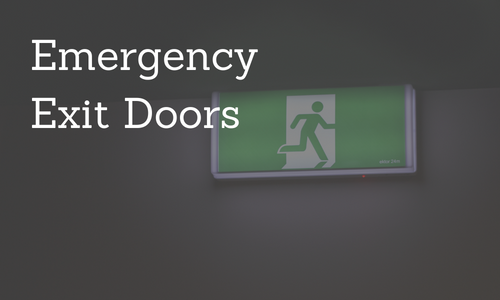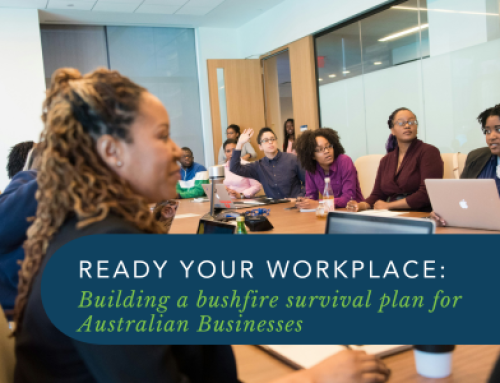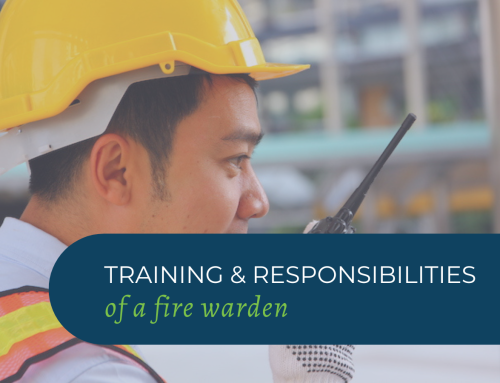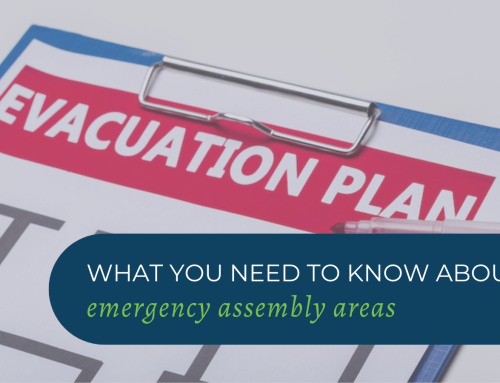Emergency Exit Doors are an integral part of a successful emergency evacuation. In an emergency, it’s critical that people can evacuate the building quickly and safely. Normal entry (and exit) doors are not usually designed for a large amount of people to try and exit all at once, which could spell disaster in an emergency situation.
A large number of people trying to escape out of one small exit point at the same time is dangerous; people risk being trampled or otherwise injured, by not being able to evacuate the building in time.
You cannot just decide to call the front door of your building the emergency exit; there is so much more to consider.
Here is the essential information about emergency exit doors that any building owner needs to know.
There are codes that your emergency exits must comply with
Any emergency exits in your facility must adhere to the WHS Act, the stipulations outlined in the Building Code of Australia (BCA), and the Managing the Work Environment and Facility Code of Practice (this code may be called something slightly different in your state or territory).
There are three primary types of emergency exit doors
While fire escapes and fire stairs can be part of the emergency exit category, we are focusing on doors for this blog.
The three main types of exit door are:
Fire doors
These doors are made of material that is fire resistant and enter into fireproof tunnels or stairways.
The frame is also made from fire-resistant steel, affording a safe escape route when faced with fire.
Exit doors
You’ve no doubt seen these doors when you visit a Shopping Centre or other public place.
They’re clearly marked with those instantly recognisable green and white ‘EXIT’ signs and are in easily accessible places for a quick exit when needed.
If an exit door doesn’t lead to a fireproof stairwell or tunnel, it does not need to have a steel frame or be made of fire-resistant material.
Path of travel doors
These are the doors in escape walkways that lead to (or are between) an exit or fire doors.
Fire doors require specialised hardware
As outlined in AS1905.1, any hardware fitted to your fire door must be fire rated.
The includes the lock of a fire door; it must be fire-rated and able to self-latch.
You must also fit your fire door with a fire-rated automatic door closer, to stop heat, control smoke and to stall backdrafts from feeding a fire.
Propping open an automatically closing fire door is illegal, so to avoid being fined or prosecuted, ensure that yourself and your staff are aware it is never allowed.
Other important points to remember
Here are some other vital things you should know about emergency exit doors:
- You must have the location of your emergency doors clearly marked on any maps of your facility.
- There needs to be signs that show which way to go to get to the emergency exit doors.
- The door’s opening mechanism must be able to be pushed or pulled down in a way that is easy for people who are infirm or elderly, or have arm or hand-related disabilities, sweaty hands or burns to their hands.
- Each emergency exit door must be able to be nudged open, to allow anyone lugging someone who is unconscious or injured to reach safety easily.
- There can only be one lock per exit door, and it cannot be a key lock on the inside of the door.
- If the emergency exit door is in an area where there is likely to be large amounts of people, there must be a crash bar fitted to help counter the risk of crushing by a crowd.
The simplest way to ensure your emergency exit doors are compliant with all relevant WHS codes, standards and legislation is to have your building’s needs assessed by experts, and the doors fitted by professional.
Is your work facility equipped with the appropriate exit doors? When was the last time your underwent a review of your emergency evacuation plan? Workplace Emergency Management can help you ensure that your facility has the appropriate emergency exit doors, to help you keep everyone in your workplace safe.
Contact us today to find out more about what we offer and how we can help.
GET IN TOUCH
Are you ready for peace of mind that your workforce is as safe and prepared as possible?
With a dedicated team of staff ready to help you meet compliance requirements and improve the overall safety of your workplace, all you need to do is get in touch.
Request your free audit today!



